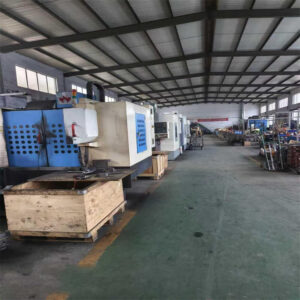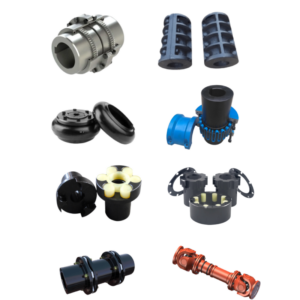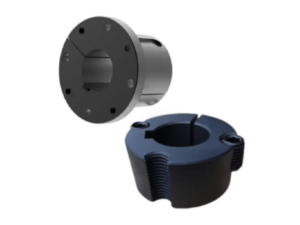Advantages:
- Lightweight: Aluminum has a low density, reducing inertia and enabling energy-efficient operation, ideal for applications where weight reduction is critical (e.g., automotive, aerospace).
- Corrosion Resistance: Naturally forms a protective oxide layer, making it suitable for humid or chemically exposed environments without additional coatings.
- Ease of Machining: Softer than steel, allowing for cost-effective production of complex geometries and tighter tolerances.
- Thermal Conductivity: Efficient heat dissipation helps prevent overheating in high-speed applications.
- Surface Treatment Compatibility: Can be anodized or coated to enhance wear resistance, aesthetics, and durability.
- Cost-Effective: Lower machining costs compared to steel, though material costs may vary.
Disadvantages:
- Lower Strength: Less durable under high loads or torque compared to steel, prone to deformation or wear in demanding conditions.
- Reduced Wear Resistance: Softer material may degrade faster in high-speed or abrasive environments, requiring more frequent replacements.
- Temperature Sensitivity: Loses structural integrity at elevated temperatures (e.g., above 200°C), limiting use in high-temperature settings.
- Compatibility Issues with Belts: Rough or untreated surfaces may accelerate belt wear; precise finishing or coatings are often necessary.
- Lower Long-Term Durability: More susceptible to fatigue and mechanical stress over time, especially in harsh conditions.
- Thermal Expansion: Higher coefficient of thermal expansion can affect belt tension stability in environments with significant temperature fluctuations.







